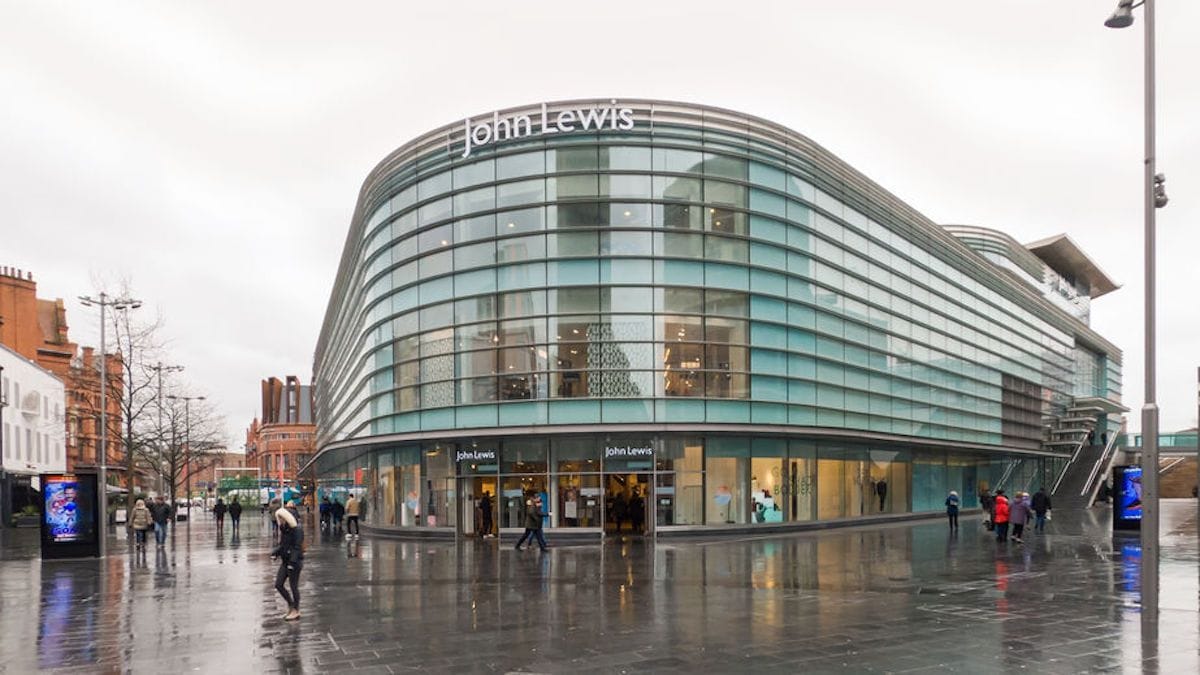Why the structure of John Lewis will remain unique.

For a department store chain that is most popular with middle class shoppers, John Lewis holds a strange place in the affections of UK shoppers.
The BBC: John Lewis boss Dame Sharon White to step down after five years.
It is widely believed to have the best customer service and shopping experience of mainstream retailers, and is a place that somehow creates a good feeling for most consumers. Yet its stores are mainly in large cities, as well as selling products that are outside the budgets of many shoppers. It isn’t a regular haunt of most people.
The key is in the groups’ unique ownership structure. As a partnership, every permanent member of staff is effectively a shareholder who gets an annual bonus based on the group’s profits. This makes for engaged, motivated and – usually – happy workers.
In addition, many shoppers seem to like the idea of contributing to a staff bonus rather than to a stock price movement and eventual dividend for investors.
When John Lewis made a substantial loss last year, the staff bonus was scrapped. The move made headlines, in part because many see the partnership structure as a kind of utopian ideal.
Now, John Lewis leader Dame Sharon White has announced her departure. Even though John Lewis faces a range of problems – from the decreased popularity of department stores to the aftermath of the Covid-19 pandemic and increased online competition – her card may have been marked the moment she considered changing the ownership structure of the group.
The idea of a jointly-owned enterprise appeals to our sense of fairness. It was not always this way: John Lewis only took on its partnership status in 1929, due to the social views of its founder. However, changing it would – for many – undermine everything that makes John Lewis special.
The complicated part is that the opposite argument also applies. Most modern retailers, indeed most companies, would run a mile at the suggestion of becoming a partnership.
It is not uncommon for retail executives outside John Lewis to namecheck the company when they talk about aspirations for customer service standards and shopping experience. They never follow that up with a plan to renounce their PLC status so that they can move ownership to a trust owned by their staff. Any retail leader who suggested such a plan would be treated as dangerously unstable.
For shoppers, both views are entirely natural, even if they are contradictory. They are perfectly happy that retailers behave like corporate sharks in the pool of the retail market, yet they feel strangely protective of the warm, cuddly John Lewis that they expect to swim in the same waters. They are content to think that John Lewis represents an ideal, while also accepting that every other company behaves differently.
The challenge for the next leader of John Lewis will be to keep all of those people happy.
